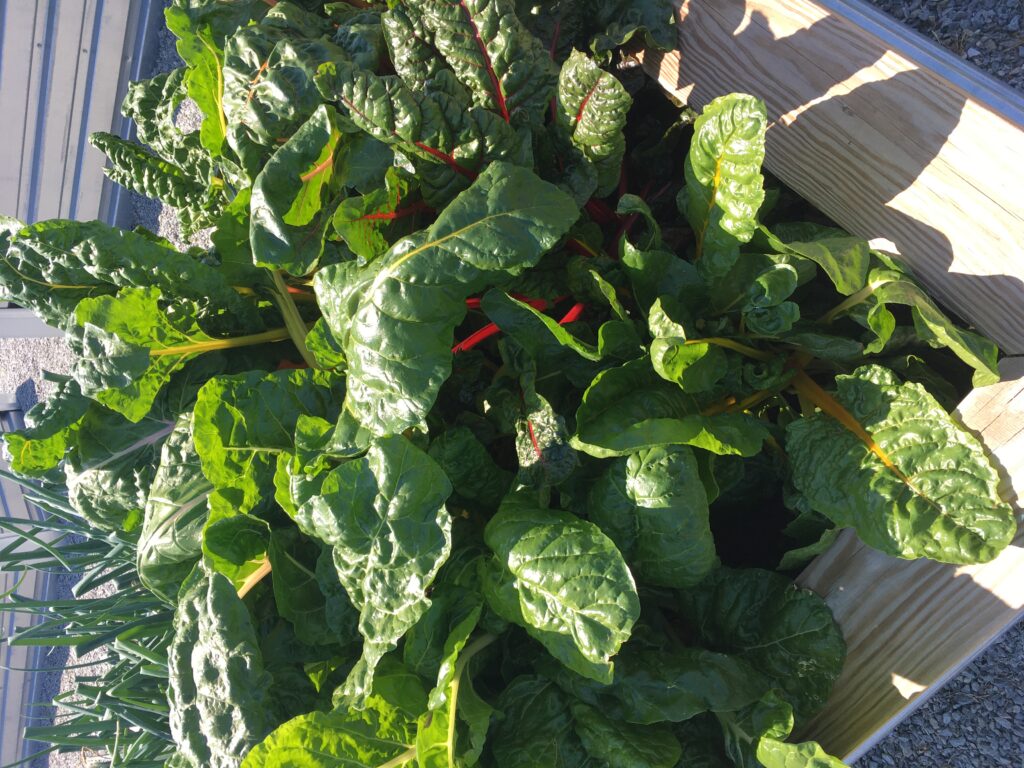March Gardening Tips
go.ncsu.edu/readext?777544
en Español / em Português
El inglés es el idioma de control de esta página. En la medida en que haya algún conflicto entre la traducción al inglés y la traducción, el inglés prevalece.
Al hacer clic en el enlace de traducción se activa un servicio de traducción gratuito para convertir la página al español. Al igual que con cualquier traducción por Internet, la conversión no es sensible al contexto y puede que no traduzca el texto en su significado original. NC State Extension no garantiza la exactitud del texto traducido. Por favor, tenga en cuenta que algunas aplicaciones y/o servicios pueden no funcionar como se espera cuando se traducen.
Português
Inglês é o idioma de controle desta página. Na medida que haja algum conflito entre o texto original em Inglês e a tradução, o Inglês prevalece.
Ao clicar no link de tradução, um serviço gratuito de tradução será ativado para converter a página para o Português. Como em qualquer tradução pela internet, a conversão não é sensivel ao contexto e pode não ocorrer a tradução para o significado orginal. O serviço de Extensão da Carolina do Norte (NC State Extension) não garante a exatidão do texto traduzido. Por favor, observe que algumas funções ou serviços podem não funcionar como esperado após a tradução.
English
English is the controlling language of this page. To the extent there is any conflict between the English text and the translation, English controls.
Clicking on the translation link activates a free translation service to convert the page to Spanish. As with any Internet translation, the conversion is not context-sensitive and may not translate the text to its original meaning. NC State Extension does not guarantee the accuracy of the translated text. Please note that some applications and/or services may not function as expected when translated.
Collapse ▲Lawns
- Avoid the urge to fertilize your warm-season lawns. Fertilize in the summer when they are actively growing. Fertilizing lawns too early can cause cold damage from late spring frosts and make lawns more disease prone.
- When dogwoods are in full bloom, apply pre-emergence herbicides to your lawn to control crabgrass. Crabgrass preventer is a pre-emergence herbicide to help stop crabgrass as it emerges. Remember to read and follow all label directions when handling pesticides.
- Herbicides are not very effective on large winter weeds that already started blooming and seeding. Mow these weeds and bag the clippings to reduce next year’s weed population.
- Bermuda, centipede, and zoysia lawns can be seeded from mid-March through June.
Trees, Shrubs and Flowers
- Divide hostas, daylilies, phlox, peonies, and other perennials that are too large and become too crowded can be dug and split now so flowering this summer is not disturbed.
- If needed, March is the time to fertilize your trees, shrubs and perennials in the landscape. Apply slow release fertilizer around the drip line of trees and shrubs and in areas with perennials.
- March is the time to cut back overgrown shrubs that need severe pruning. Cut plants back to 1-2’ about ground level. Most deciduous shrubs and broadleaf evergreens respond well to this type of pruning but never cut back conifers this far.
- Cut back ornamental grasses, as new shoots are visible.
- Snip off the spent blooms of spring-flowering bulbs to prevent seedpods from forming. To have bulbs be showy next year, control the urge to cut off yellow leaves but instead allow leaves to mature and die down naturally before removing. This allows the leaves to store up nutrients into the bulb for next year’s flowering.
- An alternative for large, overgrown shrubs is to remove their lower branches and shape them into small multi-stemmed trees. Camellias, privet, and tea olive are particularly lovely pruned this way.
Fruit, Vegetables and Herbs
- Set out young broccoli, cabbage, swiss chard, kale and bok choy plants in early March.

Set out cool season vegetable transplants, such as Swiss chard, in March to enjoy harvest later in the spring.
- Don’t plant summer vegetables too early. Warm season vegetables, such as tomatoes and peppers, cannot tolerate a late spring frost. Warm season vegetables should be planted after the chance of frost has passed, around mid-April.
- Asparagus beds can be fertilized in early March before spear growth begins.
- March is the time to fertilize fruit trees, blueberries, and muscadines. Fertilize blueberries carefully because they can easily be damaged by too much fertilizer.
- Continue sowing radish and greens like lettuce and arugula every few weeks for a steady supply of salad ingredients.
- Start cucumbers, squash, zucchini, and melons indoors to set out in mid-April.
- Perennial herbs like oregano, chives, rosemary, thyme and marjoram can be planted anytime of the year.
- Sow parsley, cilantro, and dill outdoors.
- Before purchasing and planting fruiting plants, find out which varieties are recommended for our area. Not all varieties work well in our climate.
- Apples and peaches require regular spraying for reliable production. Start a spray program as soon as the petals fall from the flowers. Spray every 10 to 14 days with a home fruit tree spray.
Jessica Strickland is an Agriculture Extension Agent, specializing in horticulture for North Carolina Cooperative Extension in Wayne County.
Learn More!
- Sign up for the Wayne County Extension Gardening email list to receive timely gardening tips.
- Learn more by following us on Facebook and Instagram.




